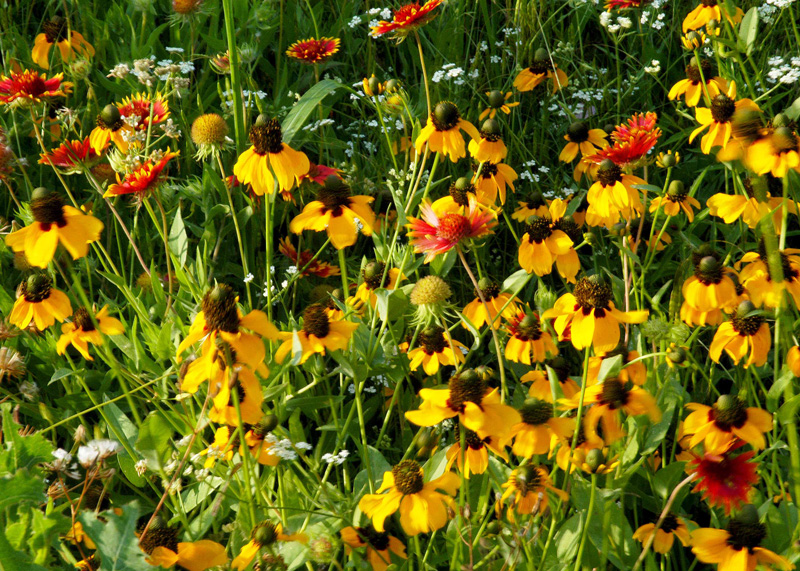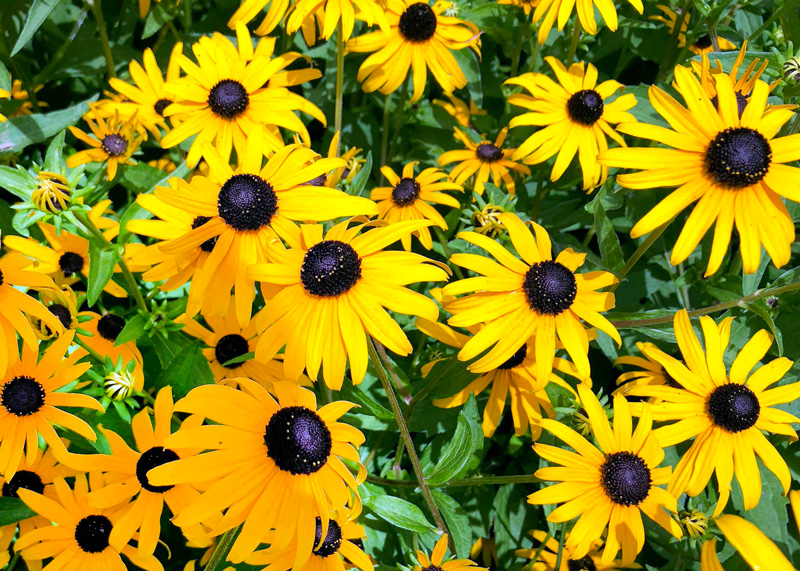Blackeyed-Susan All Dressed Up

Goldsturm gloriosa daisies were named the Perennial Plant of the Year in 1999. That’s enough time that we should have them all across Texas, but we don’t (yet).

What we do have is a group of wildflowers that somewhat resemble them and that go by the collective name of “blackeyed-Susans.”
These are all in the genus Rudbeckia. Most of the wildflower types are annuals, but the star of our show today is a strong perennial cultivar of Rudbeckia fulgida. It’s named “Goldsturm.” My German-speaking buddy Steve Huddleston from the Fort Worth Botanic Garden reminds us that the name means “golden storm,” and who could deny that?

Goldsturm grows to 20 to 24 inches tall while blooming. I guess its mature width is 16 to 18 inches, but most of us grow it massed together in plantings that make counting the inches impossible.

Gloriosas require full or nearly full sun. All types, Goldsturms included, grow best in highly organic planting soil. They should be kept consistently moist, and they do best when fed with a high-nitrogen, water-soluble fertilizer, especially during the spring while they’re growing and getting ready to bloom.
Once the plants finish blooming you can deadhead the spent flower stalks to tidy their beds. If you want to propagate to get more plants for new beds or to share, that’s best done in late September or October.
Goldsturms will rarely crop up with serious insect or disease problems. Given the modest care that I’ve outlined, you’ll be inseparable buddies for many years.
